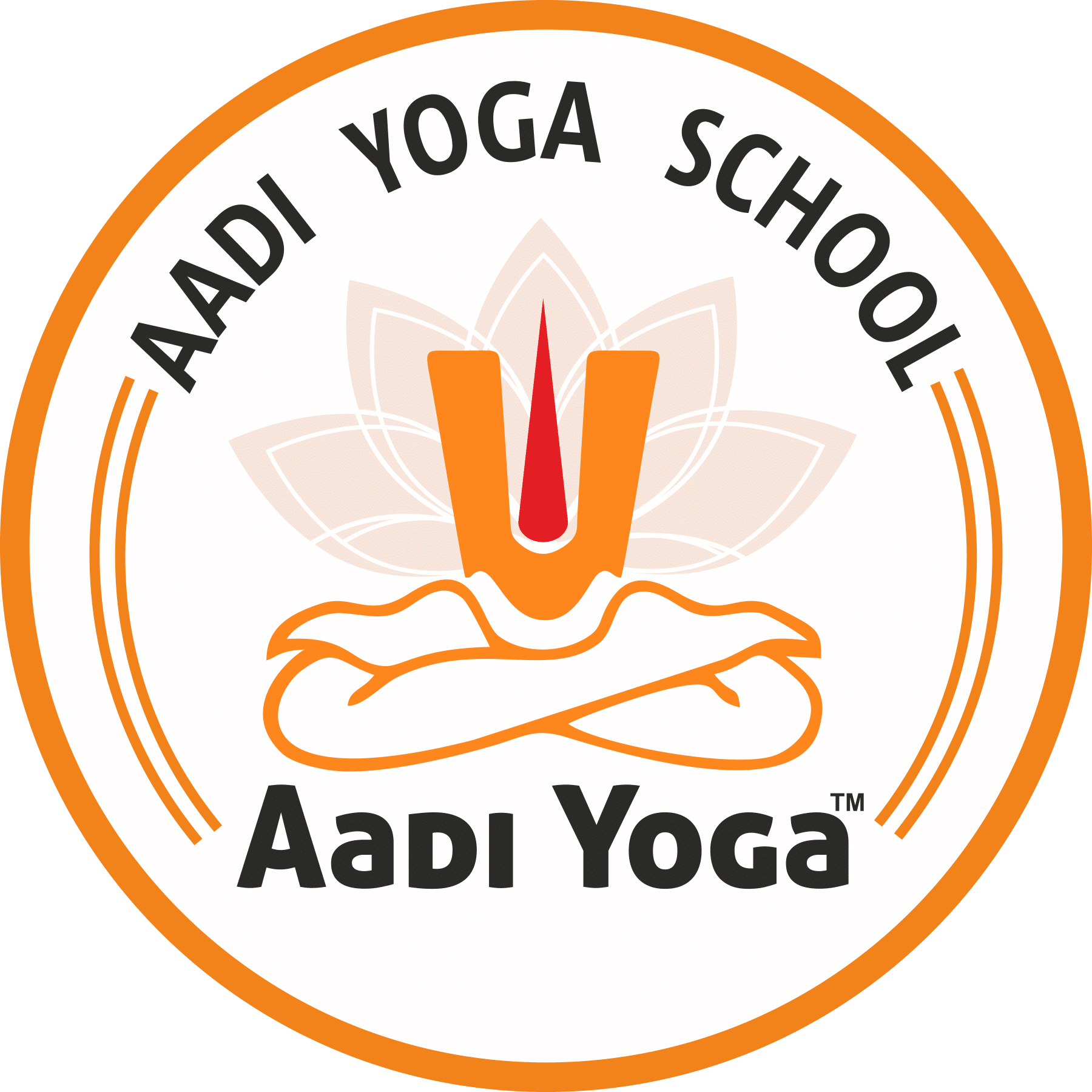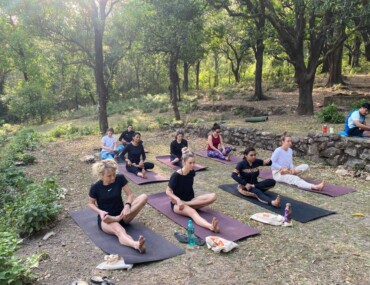Benefits of Yoga
Taken from the Sanskrit word “Yuji,” which means union or yoke, yoga is an antiquated practice that unites body and mind. It fuses breathing activities, contemplation, and stances intended to energize unwinding and decrease pressure. Rehearsing yoga is said to accompany numerous advantages for both mental and physical wellbeing, however not these advantages have been upheld by science.
If you knew the amazing long-term advantages of yoga, you wouldn’t put off your yoga practice. Similarly, as with a wide range of kinds of activity classes and programs, you’ll see some unimaginable advantages immediately while others may set aside somewhat more effort to take note. In any case, those advantages are worth the hard work.
Long-Term Benefits of Yoga
Benefits of Yoga, If you get into the belief system that life is a long-distance race and not a dash, at that point, you’ll appreciate these stunning long-term benefits of yoga.
Better Flexibility
While you will be unable to stretch exceptionally far immediately, give it time. Following a month of training, you’ll be praising little successes that begin with arriving at the highest points of your feet, at that point your toes and after that the floor in a Forward Fold.
More Muscle
Who says you have to siphon overwhelming loads before the mirror at the exercise centre to assemble muscle? Yoga drives you to utilize your body weight to hold and travel through postures. By doing this, your tone and addition muscle after some time. Have you seen how lean and etched most yoga teacher’s look? That can occur for any individual who has a predictable yoga schedule!
Stronger Immune System
Scientists have discovered that practising yoga produces inward changes on a hereditary level. Yoga brings down pressure hormones that bargain the resistant framework, conditions the lungs and respiratory framework for more grounded breathing, powers the lymphatic framework to constrain poisons out of the body, and brings oxygenated blood to the different organs so they can capacity better.
Lower Blood Pressure
Studies have demonstrated that individuals with hypertension can bring down it by essentially doing Savasana, also called Corpse Pose. This asana is typically done toward the finish of each yoga practice. As indicated by Yoga Is Medicine by Timothy McCall, subjects in an examination saw a 26-point drop in their systolic circulatory strain and a 15-point drop in their diastolic pulse in the wake of joining Savasana for a quarter of a year.
How do yoga and stretching improve life?
Stretching and yoga build the holding limit of your body and these methods massacres illnesses. Thus stretching and yoga improve the life of a human. Yoga and extending additionally improves the blood dissemination, which is essential to run the body.
Flexibility supports functional movement
The advancement of adaptability makes it conceivable to complete developments in regular daily existence effectively: twist around, raise a sack, bring up a kid, clear/wash the floor, and go after something. Every one of these exercises can prompt wounds if the joints are confined in development.
Flexibility prevents diseases and injuries
Flexible, supple muscles set up the body for unexpected and rapid developments. And furthermore to loads during preparing. Concentrates in physiology demonstrate that adaptability in the body for individuals matured 40 years and more seasoned, joined by the adaptability of the supply routes, decreasing the danger of premature death and cardiovascular disease.
Improves posture
Poor flexibility burdens muscles and joints where there ought to be no heap, regularly this heap intensifies the stance. For instance, the firmness of the muscles of the left 50% of the body prompts overstrain, and an ebb and flow one way. Did you see during training that one side is constantly more grounded? Along these lines, doing routinely, your stance will likewise change; the load on the joints from the side where the pressure is found will diminish.
Contact the body
Some of the time, our minds respond quicker than the body. By sending a sign to plunk down in the lotus, the body will frantically oppose, particularly if you have never sat in it. Yoga reestablishes that very association with the body, when you begin tuning in to every cell, understanding your abilities.
How is yoga different from exercise?
Yoga concentrates more on the relaxation of muscles and steady postures. The developments are moderate and controlled; the breathing is synchronized. In ordinary exercise, the accentuation is on development and weight on the muscles.
Muscular system
Yoga: It creates muscles equitably over the bone surface, in this manner, expanding adaptability. Yoga is additionally an energy proficient movement.
Exercise: Exercise, for the most part, centres on expanding muscle mass. Accordingly, the length of the muscle abbreviates and adaptability diminishes. When we work out, we utilize a ton of energy.
The heart
Yoga: In yoga, when the asana has been accomplished, the body is loose, and blood necessity is reduced. This diminishes the pressure on the heart.
Exercise: In exercise, the impact is the inverse. Customary exercise puts a strain on the muscles. This expands the speed of blood pressure and blood circulation, which thus builds the outstanding task at hand on the heart as it needs to pump quicker.
Respiratory system
Yoga: In yoga, the body is in a casual state, so the remaining task at hand on the respiratory framework is decreased.
Exercise: The steady development in regular exercise builds the oxygen prerequisite in the muscles. This expands the speed of breathing, making the lungs work more earnestly.
Immune system
Yoga: Yoga helps to improve the immune system by expanding the number and working capacity of immune cells.
Exercise: While this is right for exercise too, it, as a rule, relies upon the nature, power, and length of activity.
Stress levels
Yoga: Yoga decreases the cortisol levels in the body. Cortisol is a hormone created from cholesterol that is connected with apparent stress.
Exercise: Exercise may expand cortisol levels in the body because the body sees the practice as a pressure.
So, all the above mentioned was a detailed guide for those who want to know in detail about Yoga. I hope it will be helpful for you!




